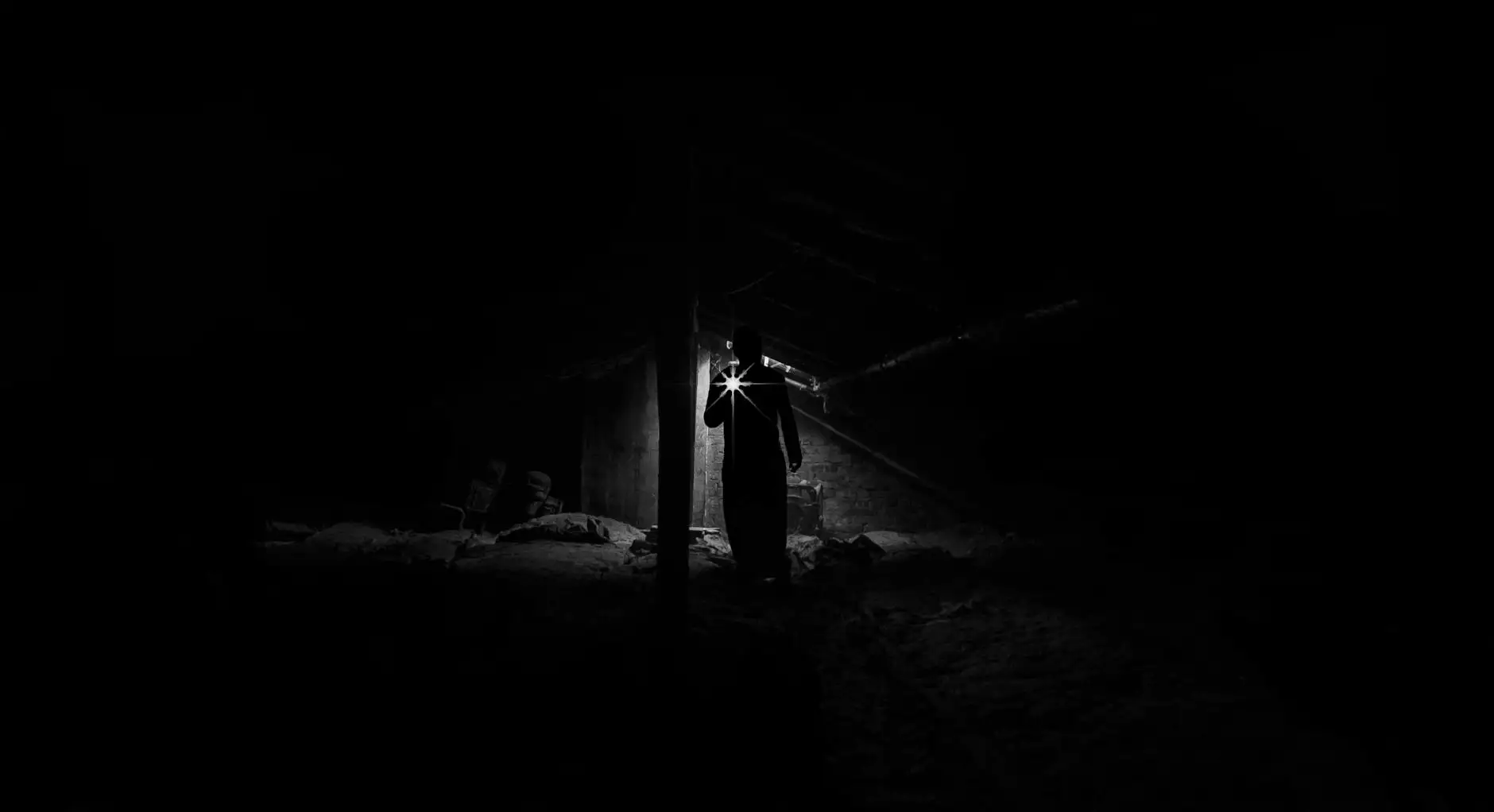2022 Pest Control SEO Guide
Blog
Introduction
Welcome to The Hook SEO's 2022 Pest Control SEO Guide - your ultimate resource for optimizing your pest control business website to achieve top rankings in Google and outrank your competition. In this comprehensive guide, we will walk you through the essential strategies and techniques that will improve your online visibility, attract more targeted traffic, and generate valuable leads for your pest control services. Let's dive in!
Chapter 1: Understanding Pest Control SEO
Before we delve into the world of pest control SEO, it's important to grasp the fundamentals. Search Engine Optimization (SEO) is the process of enhancing your website's visibility and organic rankings in search engines. For pest control businesses, effective SEO ensures that potential customers searching for pest control services can easily find and choose your business.
To succeed in pest control SEO, you need to understand the key factors that influence search engine rankings. These factors include on-page optimization, off-page optimization, technical SEO, local SEO, content marketing, and user experience. Each component plays a crucial role in improving your website's performance in search engine results pages (SERPs).
Chapter 2: Keyword Research for Pest Control
One of the foundational steps in optimizing your pest control website is conducting thorough keyword research. By identifying relevant keywords and phrases that potential customers use when searching for pest control services, you can align your website content and structure to match those search queries.
Utilize keyword research tools such as Google Keyword Planner, SEMrush, or Moz's Keyword Explorer to identify high-volume and low-competition keywords within the pest control industry. Focus on long-tail keywords that are specific to your target audience's needs, such as "termite control services in [your city]" or "rodent extermination near me."
Once you've compiled a list of valuable keywords, strategically incorporate them into your website content, including page titles, headings, meta descriptions, URLs, and throughout the body text. However, make sure to avoid keyword stuffing, as search engines penalize websites that overuse keywords unnaturally.
Chapter 3: On-Page Optimization for Pest Control Websites
On-page optimization plays a crucial role in signaling search engines about the relevance and quality of your pest control website. By optimizing various on-page elements, you can enhance your website's chances of ranking higher in search results.
Start by optimizing your page titles, meta descriptions, and URLs with your targeted keywords. Craft compelling, keyword-rich titles that accurately reflect the content of each page. Meta descriptions should be concise, persuasive, and provide a clear summary of what visitors can expect. Additionally, ensure that your URLs are clean, descriptive, and include relevant keywords.
Incorporate HTML heading tags (H1, H2, H3, etc.) throughout your web page content to structure and organize your information. Use H1 tags for main headings and H2 tags for subheadings. These heading tags not only help readers navigate your content but also provide search engines with a clear hierarchical structure of your page.
When creating the body text for your pest control pages, ensure that your content is comprehensive, informative, and addresses the various pest control services you provide. Include useful subheadings with keyword-rich titles, such as "Effective Termite Control Methods" or "Rodent Extermination Techniques." Remember to use bold formatting to emphasize important information and make it stand out to both readers and search engines.
Chapter 4: Off-Page Optimization and Link Building
In addition to on-page optimization, off-page optimization and link building are crucial aspects of improving your pest control website's authority and credibility. Off-page optimization involves acquiring high-quality backlinks from reputable websites, social media shares, and online mentions.
Building a strong network of relevant and authoritative backlinks signals to search engines that your pest control website is a trusted resource within the industry. Reach out to local businesses, industry associations, and other relevant sources to build partnerships and earn valuable backlinks. Additionally, leverage the power of social media by actively engaging with your audience and encouraging them to share your content.
Chapter 5: Technical SEO for Pest Control Websites
Technical SEO ensures that search engines can efficiently crawl, index, and understand your pest control website. By optimizing your website's technical aspects, you can improve its overall performance and visibility in search results.
Start by optimizing your website's loading speed, as slow-loading websites negatively impact user experience and search engine rankings. Compress images, minify CSS and JavaScript files, and leverage browser caching to reduce loading times. Mobile-friendliness is also crucial, as search engines prioritize mobile-responsive websites.
Optimize your website's structure by creating an XML sitemap, which helps search engine crawlers navigate your site and discover all relevant pages. Additionally, ensure that your website is accessible to both users and search engines by fixing broken links, redirecting outdated URLs, and optimizing your website's navigation.
Chapter 6: Local SEO for Pest Control Businesses
For local pest control businesses, implementing local SEO strategies is essential to attract customers within your service area. Local SEO focuses on optimizing your website for location-specific searches, ensuring that your business appears in "near me" searches and local map listings.
Claim and optimize your Google My Business listing, ensuring that your business name, address, and phone number (NAP) are consistent across all online directories. Encourage customers to leave reviews on your Google My Business page, as positive reviews enhance your online reputation and build trust with potential customers.
Create location-specific landing pages on your website, targeting keywords such as "pest control services in [your city]" or "rat extermination in [neighborhood]." Include your NAP information prominently on these landing pages, along with relevant local content that showcases your expertise within the area.
Chapter 7: Content Marketing and Blogging for Pest Control
An effective content marketing strategy can significantly boost your pest control website's visibility and organic rankings. Regularly publishing high-quality, informative blog posts not only attracts more traffic but also establishes your business as an authority in the industry.
Identify common pest-related problems, prevention tips, and maintenance guides that your target audience may find valuable. Create in-depth, well-researched articles that address these topics, while incorporating relevant keywords naturally. Use subheadings, bullet points, and numbered lists to make your content scannable and easy to read.
Consider guest blogging on industry-related websites to expand your reach and earn valuable backlinks. Additionally, promote your blog content through social media channels and email newsletters to increase its visibility and encourage engagement.
Chapter 8: User Experience and Website Design
Providing a seamless and user-friendly experience on your pest control website is vital for attracting and retaining visitors. User experience (UX) encompasses various factors, including website navigation, page loading speed, mobile responsiveness, and overall design aesthetics.
Create an intuitive navigation structure that allows users to easily find the information they need. Implement clear calls-to-action (CTAs) throughout your website to encourage visitors to contact your business or request a quote.
Ensure that your website is optimized for mobile devices, as an increasing number of users access the internet on smartphones and tablets. Test your website on multiple devices and screen sizes to guarantee a smooth browsing experience for all users.
Lastly, pay attention to the visual design of your website. Choose a clean and professional layout, select appropriate fonts and colors, and incorporate relevant images and videos to enhance engagement and communicate your brand's professionalism and expertise.
Conclusion
Congratulations! You've reached the end of our comprehensive 2022 Pest Control SEO Guide. By implementing the strategies and techniques outlined in this guide, you are well on your way to achieving higher rankings in Google, increasing your online visibility, and ultimately driving more targeted traffic and valuable leads to your pest control business. Remember, SEO is an ongoing process, so continuously analyze your results, adapt your strategies, and stay up to date with the ever-evolving SEO landscape to stay ahead of the competition. Good luck!










